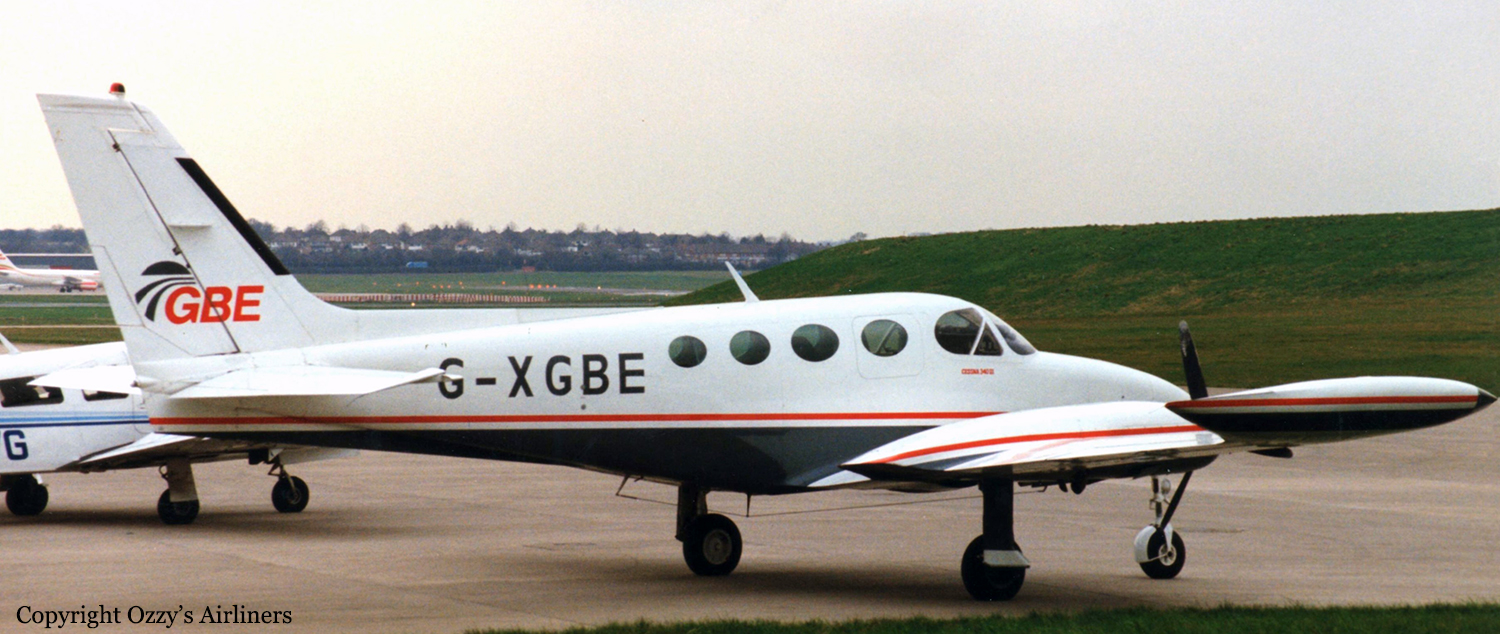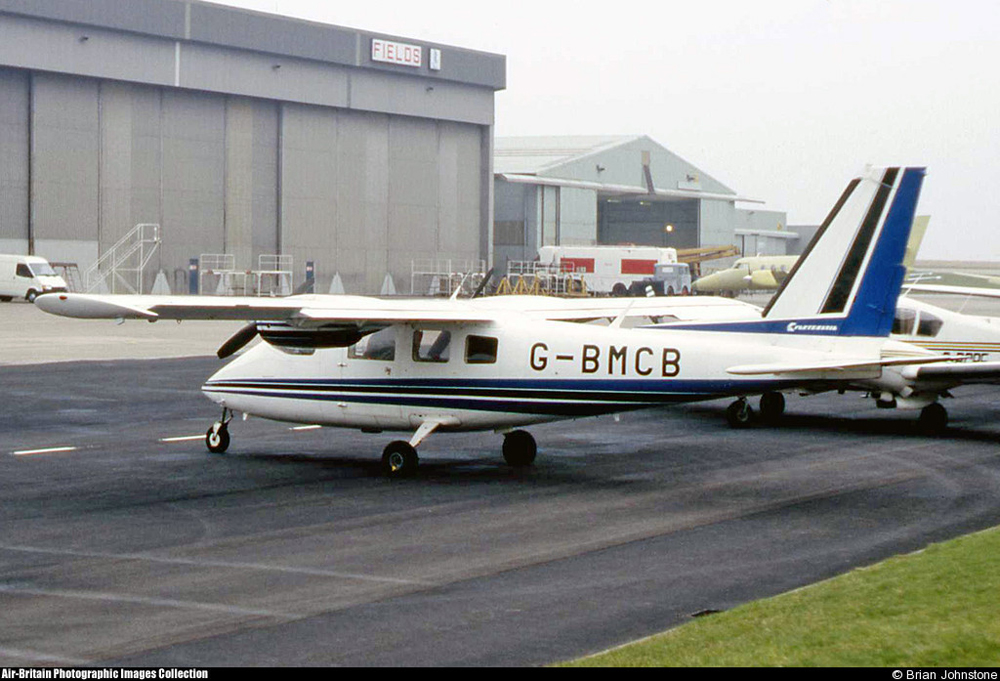Country
code
Leicestershire
Crash of a Cessna 340A in Sheepy Magna
Date & Time:
Sep 7, 1993 at 1318 LT
Registration:
G-XGBE
Survivors:
Yes
Schedule:
Fradley - Bournemouth
MSN:
340A-0905
YOM:
1979
Crew on board:
1
Crew fatalities:
Pax on board:
3
Pax fatalities:
Other fatalities:
Total fatalities:
0
Captain / Total hours on type:
933.00
Circumstances:
At 1316LT, shortly after they had reached 2,000 feet and settled into the cruise, both engines lost power in union. The pilot attempted to identify and rectify the problem by checking the magneto and the fuel pumps switches and changing fuel tanks but, being unsuccessful, transmitted a 'mayday' message to Birmingham ATC. The pilot selected the landing gear down and then, despite some difficulty in finding a suitable field in which to make a forced landing and clearing some trees on the final approach, landed in a field of mature wheat. The aircraft came to rest with all three landing gear legs collapsed and the occupants left the aircraft through the normal passenger door.
Probable cause:
Loss of engine power due to fuel exhaustion.
Final Report:

Crash of a Partenavia P.68B in East Midlands: 1 killed
Date & Time:
Oct 20, 1990 at 0332 LT
Registration:
G-BMCB
Survivors:
No
Schedule:
East Midlands – Manchester
MSN:
156
YOM:
1985
Crew on board:
1
Crew fatalities:
Pax on board:
0
Pax fatalities:
Other fatalities:
Total fatalities:
1
Circumstances:
The twin engine aircraft departed East Midlands runways 27 on a ferry flight to Manchester. During initial climb by night, the aircraft entered an uncontrolled descent and crashed at a speed of 160 knots and disintegrated in a field near the airport. The pilot, sole on board, was killed.
Probable cause:
Loss of control during initial climb by night after the pilot suffered a spatial disorientation due to the combination of a poor visibility (night and low clouds) and the possible malfunction of the horizontal stabilizer due to water in the vacuum system.
Final Report:

